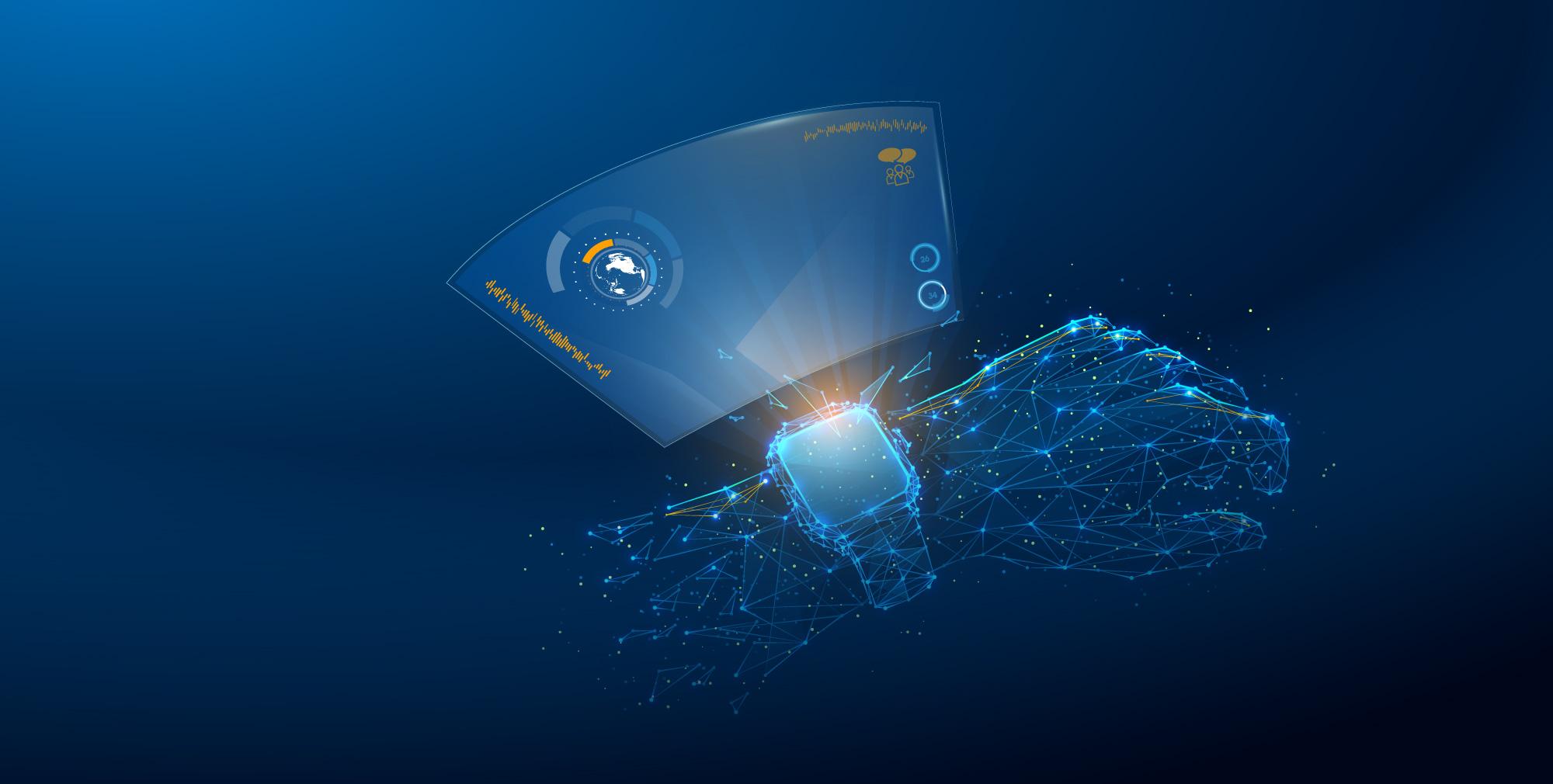
Improving Infrastructure Management Through IoT Devices and Sensors
Data & Analytics, Machine Learning, Internet of Things, Infrastructure, Business & Digital Transformation, Digital SolutionsThe U.S. government owns one of the world’s largest property and infrastructure portfolios. Protecting, tracking, and optimizing these assets requires an extraordinary financial investment. The American Jobs Plan allocates $621 billion to repair and modernize the country’s transportation infrastructure. As the federal government improves the safety and quality of this portfolio, internet of things (IoT) devices and sensors should be added to infrastructure improvement projects and new construction. IoT devices and sensors, paired with advanced analytics, offer a window to the status and condition of assets while enhancing utility, efficiency, and resiliency.
LMI helps the departments of Defense and Homeland Security navigate the complexity of planning, architecting, deploying, and managing IoT devices and sensors. Our experts recommend that federal agencies consider the following when adding IoT to their data analytics toolbox.
Assessment Framework Is Necessary
An assessment framework is critical to analyzing solution components properly as well as creating an overall topology for network design. While working with the Navy Supply Systems Command N65, we aided a Rapid Innovation Fund effort to integrate and deploy a wireless sensor mesh network of IoT technology enterprise-wide. To gather logistical data from disparate sources and consolidate it into one data lake, LMI created the Naval Autonomous Data Collection System. This system monitors and reports asset location, usage, and environmental condition data in real time. In the IoT sensors and devices architecture for this project, we supplied a comprehensive framework to assess components of the solution as well as network design to optimize security, connectivity, and performance.
Data Security, Governance, and Management Must Be Considered
Information should be shared across boundaries and jurisdictions, policies and protocols, and data security controls. IoT devices and sensors are only as valuable as their data, making proper data management and security essential. This applies to data on the device as well as where it’s sent and stored.
Security and Connectivity Are Multidimensional
LMI manages client portfolios to integrate sets of sensors and IoT systems together harmoniously. These projects include improving multiple sensor programs through planning and executing total lifecycle fielding and maintenance. The right balance maximizes performance without sacrificing security. Coordinating IoT devices with edge computing offers faster processing and enhanced automation but can result in greater security risk. Alternatively, tightly controlled encryption and centralization of all IoT device or sensor data for processing can slow or degrade performance to unacceptable levels.
Machine Learning Enhances Immediate and Future Scenarios
IoT devices and sensors generate massive amounts of data. For the Joint Health Risk Management Enhanced Capability Demonstration, we developed a toolkit to track service members’ exposure to health hazards, such as toxic industrial chemicals, radiation, and blast overpressure. We created and deployed a longitudinal record of a soldier’s potential exposure and suspected hazards using IoT mobile sensors to enable environmental health risk monitoring. Using machine learning (ML) and artificial intelligence algorithms for analysis, data from IoT devices and sensors furnish insights along with predictive and prescriptive capabilities, in this case, tracking occupational and environmental health risks facing U.S. service members. Including ML during IoT and sensor implementation facilitates translating the data into actionable information based on patterns.
The vast amounts of data and uses for it from IoT devices and sensors are only beginning to be leveraged. A study by the U.S. Government Accountability Office reported that the most common agency uses for IoT devices and sensors are for monitoring equipment, accessing facilities or devices, tracking assets, monitoring national borders and water quality, and controlling ships in waterway locks. Smart cities, autonomous vehicles, and intelligent transportation systems, once thought to be things of the future, are now at our fingertips with the advancement of this technology. In the short term, we have made enormous strides in deciding what data to gather and how best to collect it while assessing the best technologies to use. However, for long-term gains, combining advanced analytics with IoT is critical to the quantity and quality of the information needed for decision-making now and in the future.

Applied Artificial Intelligence (AI)
LMI's applied AI solutions equip leaders with tools, processes, and skills to derive insights from big data, business operations and technology infrastructure.


